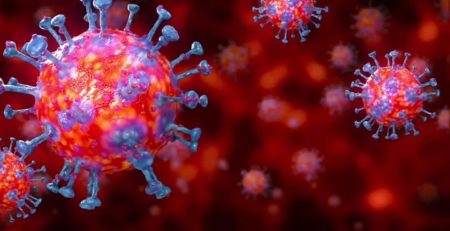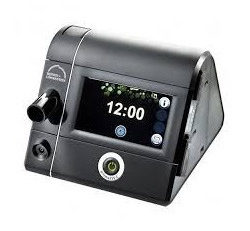How Does a CPAP Work to Treat Sleep Apnea?

If you have been told that you need to use a continuous positive airway pressure (CPAP) machine to treat your sleep apnea, you may wonder how a CPAP machine works.
Here, you’ll learn how these devices relieve snoring and sleep apnea with pressurized air and what special considerations may be necessary if you have central sleep apnea.
How CPAP Works
Modern CPAP machines work based on the same principles as the initial devices developed by Dr. Sullivan. The pressures are now generated with smaller, quieter motors. Nevertheless, room air (not oxygen) is taken in through a filter and pressurized according to settings prescribed by your sleep specialist. Machines are set to deliver a pressure from 4 centimeters of water pressure (CWP) up to a maximum of 25 CWP. This air is often passed through a heated humidifier and delivered via tubing to the mask interface.
The constant flow of pressurized air creates a cushion along the upper airway. Some have described it as a pneumatic (air) splint that keeps the throat from collapsing. This prevents the soft palate, uvula, and tongue from shifting into the airway. It reduces the vibration that creates the sound of snoring. It may relieve swelling within the nose and clear out mucus from along the airway. By supporting the airway, breathing normalizes and sleep quality improves as fragmented sleep resolves. Oxygen levels can be maintained. The serious consequences of sleep apnea can be averted
Symptoms and Risks
Some inevitably worry about the consequences of seemingly artificial or “unnatural” CPAP therapy. Fortunately, there are surprisingly few side effects.
The most common problems associated with CPAP use are dry mouth and air swallowing (aerophagia). 3The lungs cannot blow out (the pressures used are too low). It does not worsen asthma or COPD. Rather than causing a stroke, therapy actually reduces the risk of having one.4 The nasal sinuses and inner ears are not typically impacted by the treatment though case reports suggest it is possible for small amounts of pressure to be transuded across the tissues of the face.
There is some evidence that an overly tight or restrictive mask could affect the growth of the mid-face in children, but this can be monitored to avoid these impacts.






